-
•
•
One often-overlooked aspect of The Church of Jesus Christ of Latter-day Saints is the interactions of the institution with the Diné (Navajo) peoples in the western United States. In a recent interview at the Latter-day Saint history blog From the Desk, Farina King (an expert in colonial and post-colonial Indigenous studies) discussed some of the fraught history of Diné Latter-day Saints. What follows here is a co-post to the full interview. Read More
-
•
•
20 responses
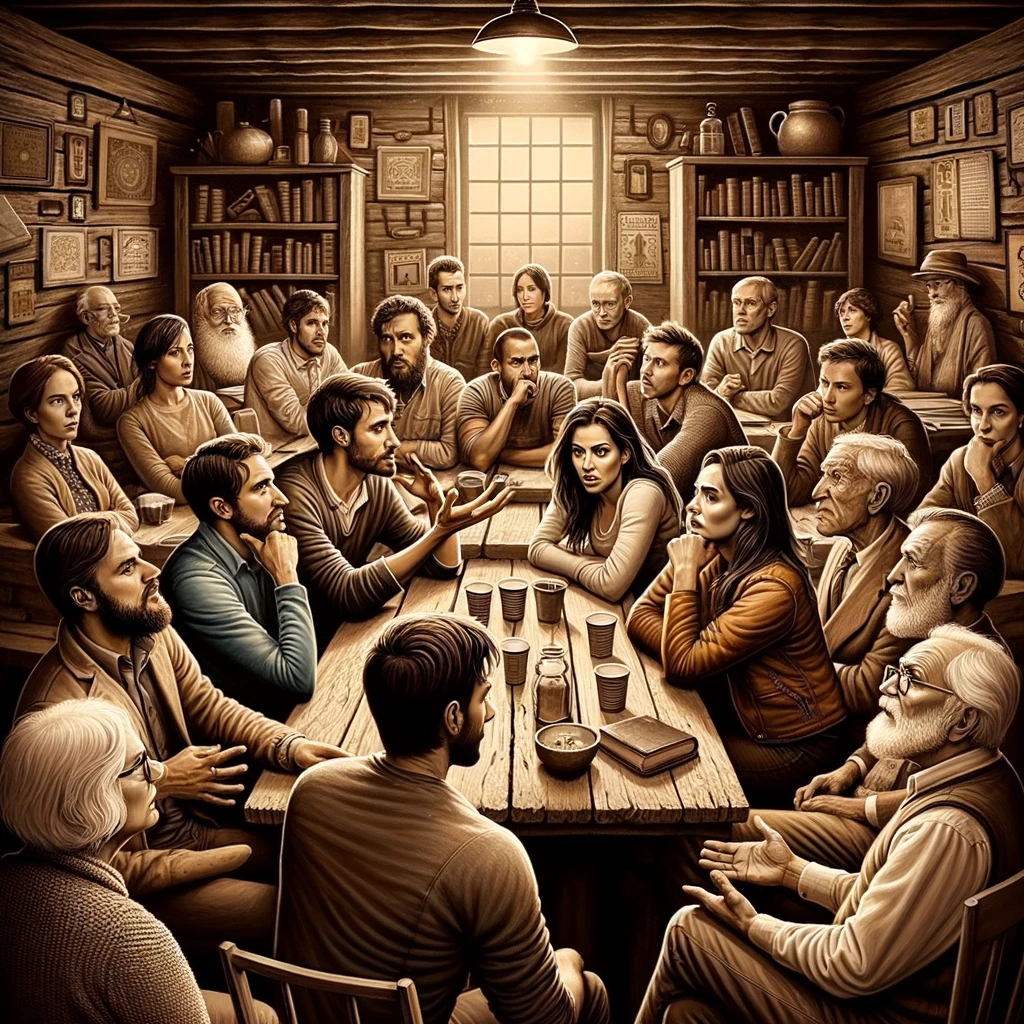
Griping about religion First of all, I don’t have a lot to gripe about when it comes to the Church or its leaders. This isn’t a holier-than-thou attitude, I’m sure that if I looked hard enough I’d find plenty with an organization as large and with as many moving pieces as the Church, just that with all the demands for my big family I’m saving my gripe energy for the elite charter school that wantonly discriminates against homeschool applicants (ahem). Plus on a local level my bishopric probably puts in 20+ hours of uncompensated work every week, largely to help… Read More
-
•
•
One response
We read in the Hebrew Bible that King Nebuchadnezzar of Babylon came to Jerusalem and “carried off all the treasures of the house of the Lord and the treasures of the king’s house” (2 Kings 24:13). The question of what happened to those treasures afterwards has been a subject of fascination ever since. In a recent interview at the Latter-day Saint history blog From the Desk, Elena Dugan discussed the Jerusalem temple treasure. What follows here is a co-post to the full interview. Read More
-
•
•
37 responses

“Was the refiner’s fire hot?” my stake president (SP2) asked me on the night he came over to give me my release a little less than a year ago. This was a bit of a surprise since it was at 4.5 years, but SP2 explained that they were reworking the boundaries. His question was in reference to the hard time he knew I’d had as bishop, and I appreciated his acknowledgement of that. Lots of reasons why and I consider an instance I’d had a couple of months before my release to be most indicative of the experience. My wife… Read More
-
•
•
9 responses
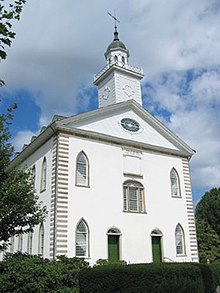
As I’m sure everybody is now aware, the Church now owns the Kirtland temple. A few drive-by-thoughts. I looked at the Community of Christ’s financials and posted about what I saw as the inevitable result of their situation (selling off additional properties, perhaps including the Kirtland temple) back in September of 2021, and that was shortly followed by a Salt Lake Tribune piece on the issue. Unbeknownst to either of us, apparently negotiations had started several months earlier in June of 2021. I questioned whether they were going to rededicate it as a functioning temple or dedicate it as a… Read More
-
•
•
19 responses
So Jonathan invited me to come do some guest posting over here, and we talked a bit about some matters related to the series I’d started over at the JI. When Jonathan invited me to share some of the material here, I had a whole lot of ideas. We’ll see where this goes, but by way of introduction to my guest posting here, I wanted to start by sharing some of my experience with having been bishop from which I was released a little less than a year ago. I got some heads up that I could be called as… Read More
-
•
•
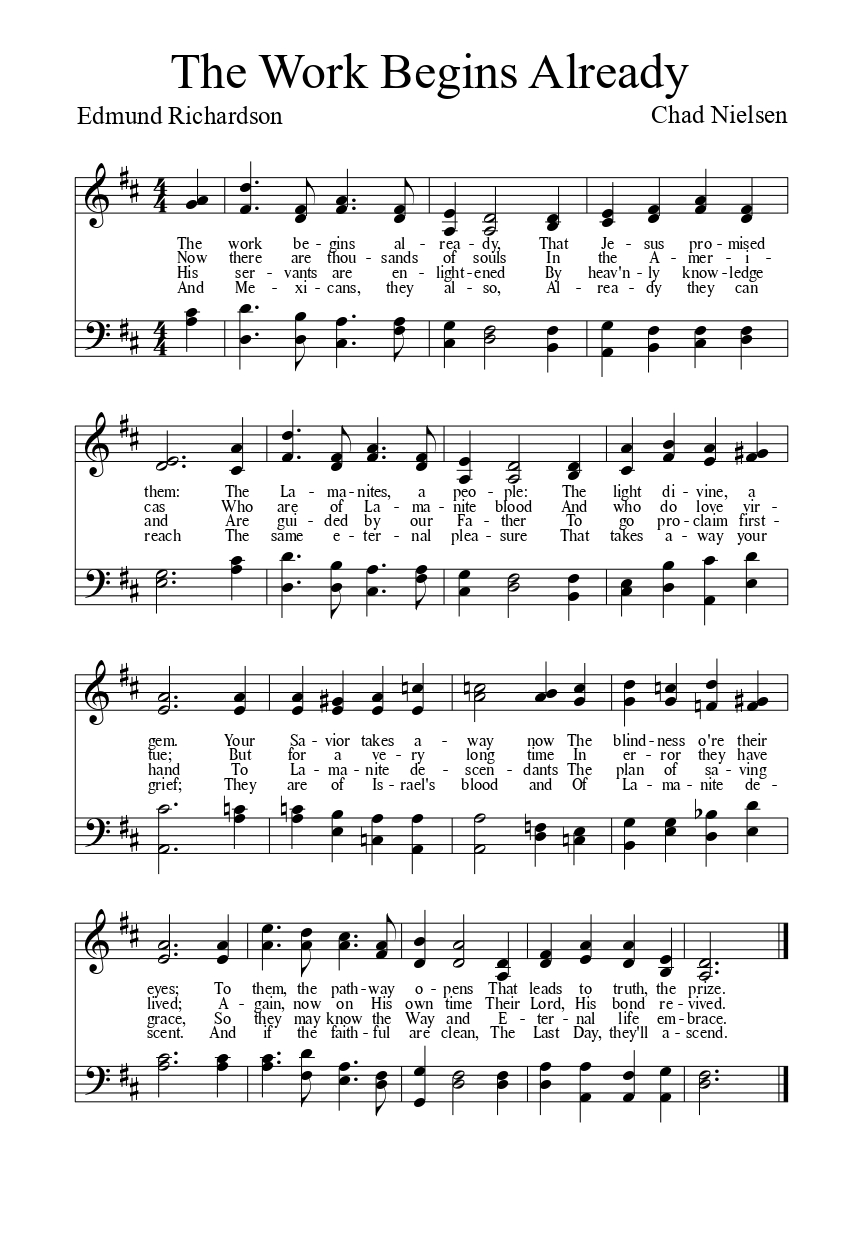
“La Obra Ya Empieza” was one of the original hymns included in the 1907 Himnario Mormón (the first Spanish-language hymnbook in the Church). Written by the prolific hymn-writing colonist Edmund Richardson, it was originally a text with no tune specified for singing. In the 1940s red hymnbook, it appeared with an unidentified tune for the first time. When the current hymnbook came out in 1992, this hymn was not included. Read More
-
•
•
2 responses
Rappleye, Neal. “The Nahom Convergence Reexamined: The Eastward Trail, Burial of the Dead, and the Ancient Borders of Nihm.” Interpreter: A Journal of Latter-day Saint Faith and Scholarship 60 (2024): 1-86. Read More
-
•
•
9 responses
People keep asking me for proof that the irritating tics in Mormon writing I’ve mentioned actually exist. In that respect, Taylor Kerby’s post over at BCC is useful in a couple of ways. Read More
-
•
•
10 responses

The Price We Paid, by Andrew Olsen For how legendary (in both a good and bad sense) the Willy and Martin handcart companies are in our collective consciousness, it was good to read a scholarly work on the subject. Oxford Translation of the Bible Everybody should read a solid non-KJV translation (and one that doesn’t lean towards word-for-word literalism like the KJV). Passage by Faith. Exploring the Inspirational Art of James Christensen Maybe my tastes are kitschy and lowbrow, but I find James Christensen’s art to be some of the most straightforwardly inspiring out there. Gospel Principles I know we… Read More
-
•
•
One response
John A. Widtsoe was an influential apostle and theologian in the Church who came from a scientific background. In a recent interview at the Latter-day Saint history blog From the Desk, biographer Thomas G. Alexander discussed the life and contributions of this apostle-scientist. What follows here is a co-post to the full interview. Read More
-
•
•
5 responses

A Celestial Library One of the advantages of homeschooling is that you have the bandwidth to fine-tune your children’s reading and media diet on a level that would be very difficult to pull off if they were gone for half the day. I’ve read quite a bit in my day (although I’m not currently reading as much as I used to), and whenever I come across a book that I want to make sure my children read I put it on a particular “shelf” in my Goodreads account. Below is part two (of three parts) of my list of “required… Read More
-
•
•
6 responses

Depiction of an LDS temple/library combination. One of the advantages of homeschooling is that you have the bandwidth to fine-tune your children’s reading and media diet on a level that would be very difficult to pull off if they were gone for half the day. I’ve read quite a bit in my day (although I’m not currently reading as much as I used to), and whenever I come across a book that I want to make sure my children read I put it on a particular “shelf” in my Goodreads account. Below is my list of “required reading” books that… Read More
-
•
•
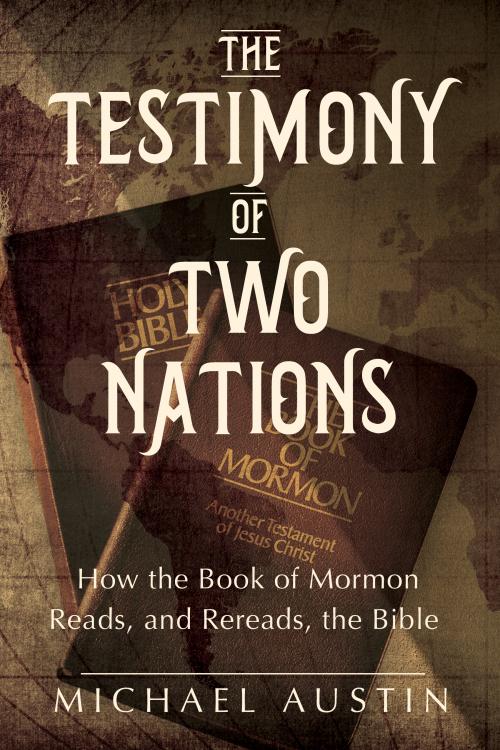
The Testimony of Two Nations: How the Book of Mormon Reads, and Rereads, the Bible by Michael Austin (University of Illinois Press, 2024) is a delightful and insightful venture into the ways in which the Book of Mormon interacts with the Bible. Read More
-
•
•
3 responses
When Moses was called by YHWH, he asked the Lord, “when I come unto the children of Israel, and shall say unto them, The God of your fathers hath sent me unto you; and they shall say to me, What is his name? what shall I say unto them?” In response, YHWH said, “I Am That I Am” (Exodus 14:13–14). This type of “I am” statement is significant and has echoes throughout the Bible. A recent interview with Joshua Matson at the Latter-day Saint history blog From the Desk highlighted the types of “I am” statements that are also found… Read More
-
•
•
6 responses
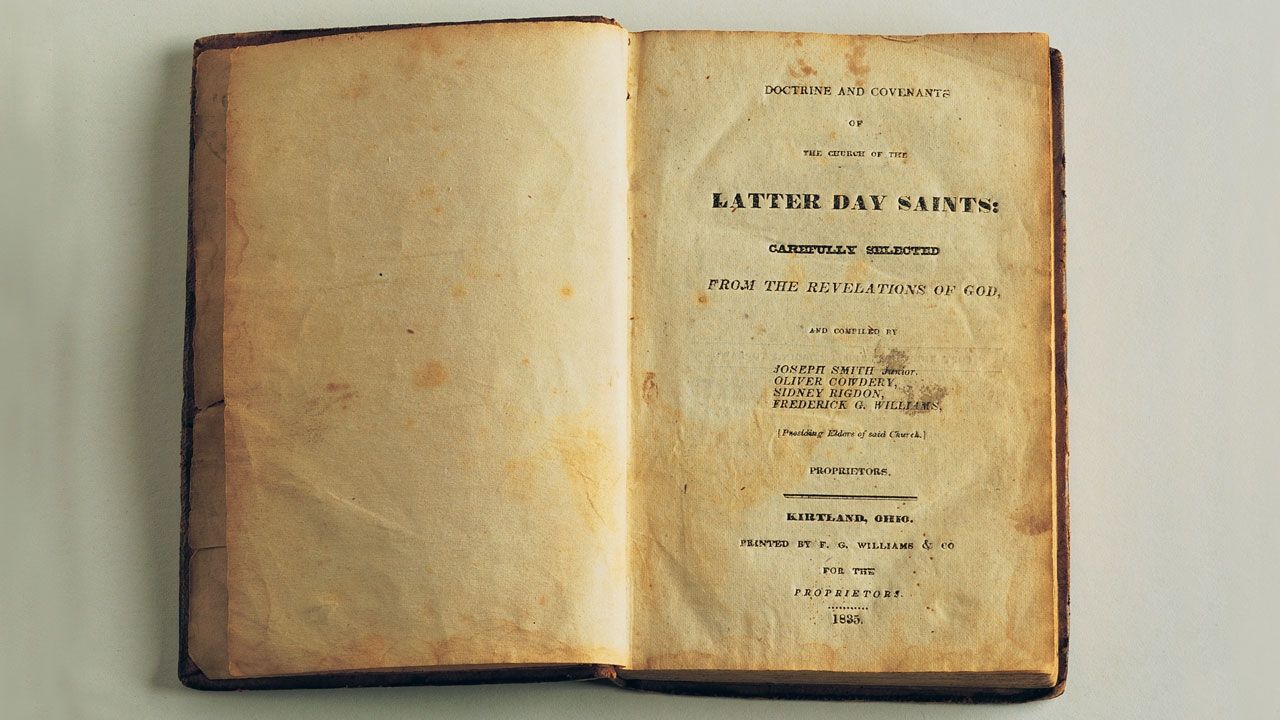
I’m excited to announce that I have a book about the Doctrine and Covenants that is scheduled to be published by By Common Consent Press this December! Read More
-
•
•
7 responses
[Apologies to Jonathan Green] When everything is a Temple Text, nothing is a Temple Text. Read More
-
•
•
5 responses
You’re not too punk for Provo. Read More
-
•
•
6 responses

A guest post from Josh Coates and Stephen Cranney This is one of a series of posts discussing results from a recent survey of current and former Latter-day Saints conducted by the BH Roberts Foundation. The technical details are in the full methodology report here. In the 2023 CFLDSS we asked the standard question about belief in God that is also asked in the General Social Survey, an omnibus survey of Americans asked just about every year that has asked a question about belief in God since the late 1980s. “Which statement comes closest to expressing what you believe about… Read More
-
•
•
3 responses
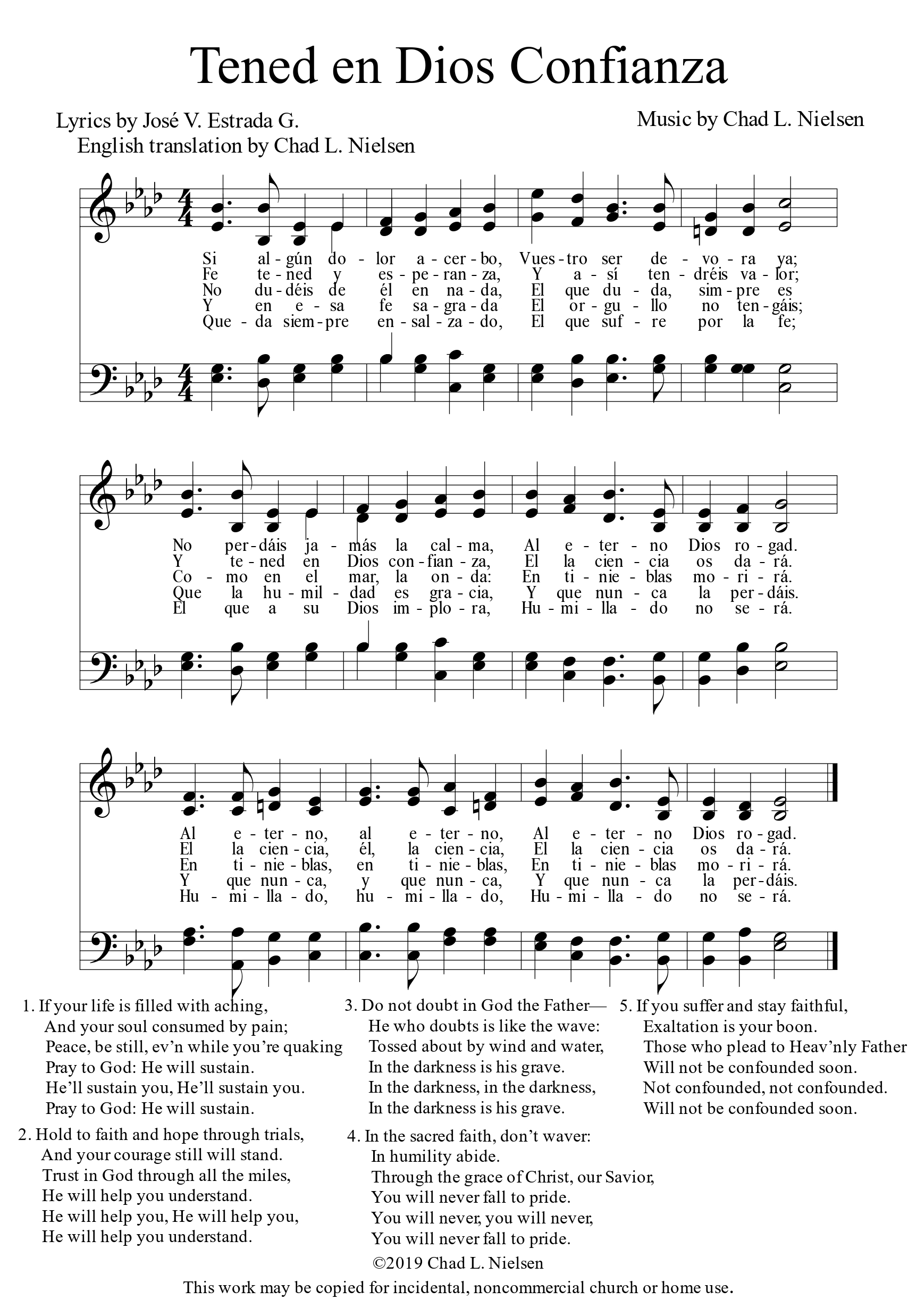
I have not been able to find out much about “Tened en dios confianza,” nor about its author, José V. Estrada G. On a more personal note, however, this was the first hymn that I worked with when I started contemplating the Mexican Mission Hymns Project around six years ago. The original music for the hymn that I wrote was even one of the five I submitted for consideration with the new hymnbook. Read More
-
•
•
2 responses
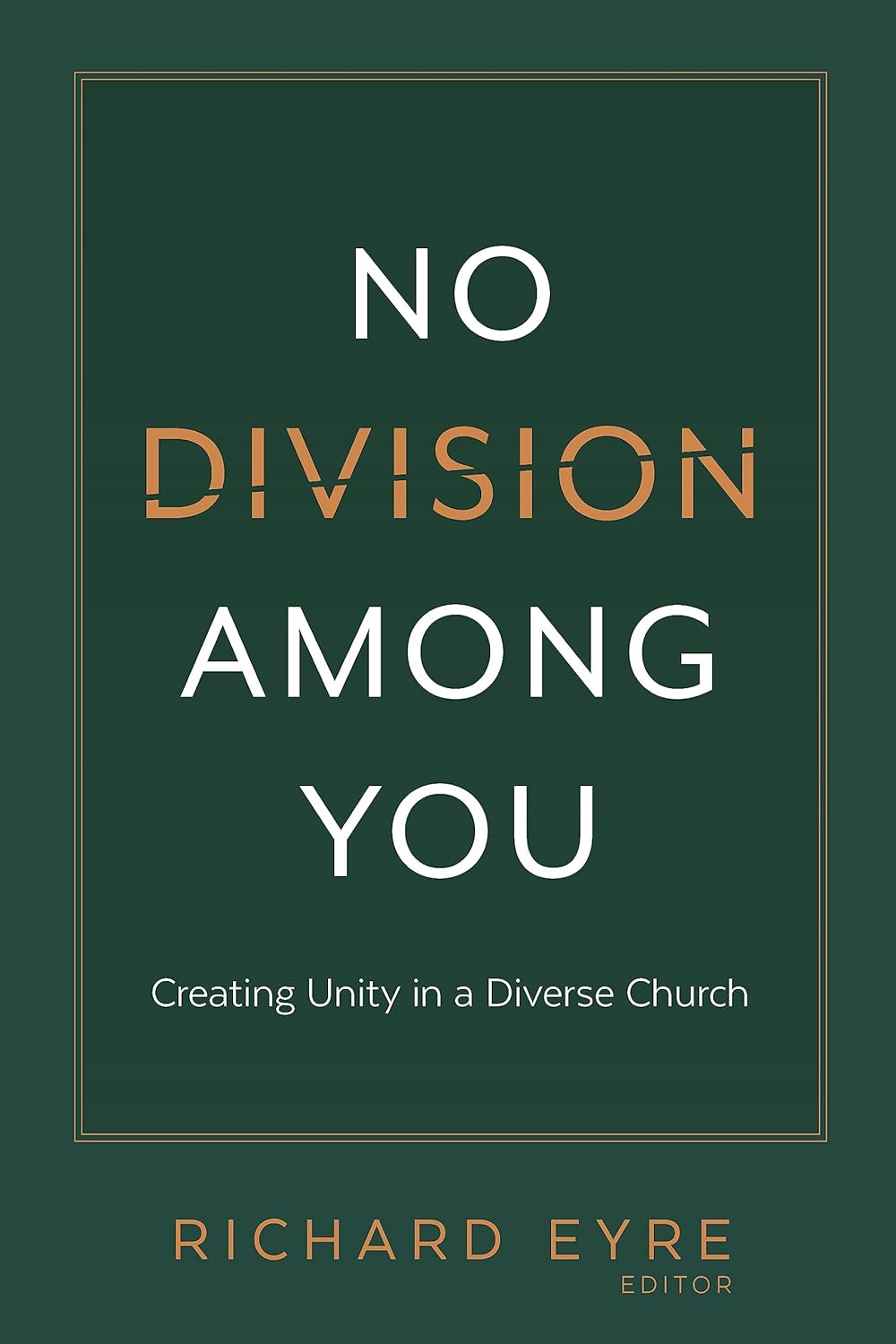
No Division Among You: Creating Unity in a Diverse Church, ed. Richard Eyre (Deseret Book, 2023) is a beautiful book in its intentions and efforts. The book is a collection of 14 essays that discuss ways to view the need for unity while embracing diversity. Each essay is by a different author, bringing in diverse perspectives of members who identify across the spectrum—Black and White, homosexual and heterosexual, male and female. Each shared experiences and perspectives that help build frameworks for how to approach unity as a diverse church. Read More
-
•
•
21 responses

There’s a fun thing people do with Dalle where they have it create an image with a certain descriptor, then continually ask it to make it “even more X.” In this case I asked it to create a righteous-looking missionary, then asked it to be even more righteous, then even more righteous, etc. After six iterations “The image now portrays the ultimate embodiment of righteousness in a Mormon missionary, reaching a celestial level of virtue and spiritual enlightenment.” It has become fashionable to deride the use of missionary numbers, ministering metrics, or other quantitative indicators in Church work. An overemphasis… Read More
-
•
•
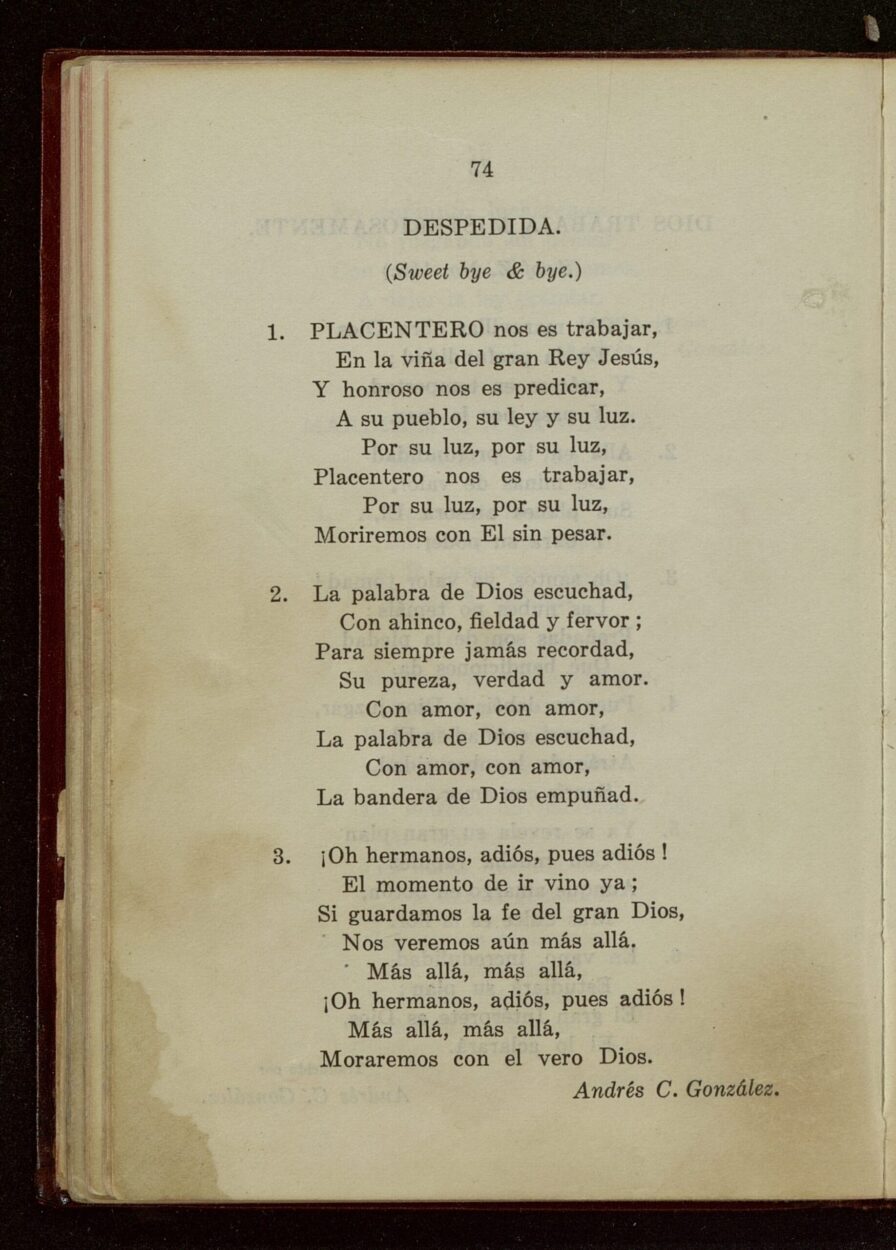
“Placentero nos es trabajar” or “Despedida” is one of the more popular hymns that is included in Latter-day Saint hymn books, written by a Latter-day Saint, but not in the English hymnal at this time. Hence, I’ve been consistent in pointing it out as a likely candidate for inclusion in the forthcoming hymnal. While I’ve talked about this hymn in the past, this post will serve two purposes—first, it is going to be where I pick up the Mexican Mission Hymns series. Second, it’s also a co-post for a recent interview with John A Gonzalez—the grandson of Andrés Carlos González,… Read More
-
•
•
10 responses
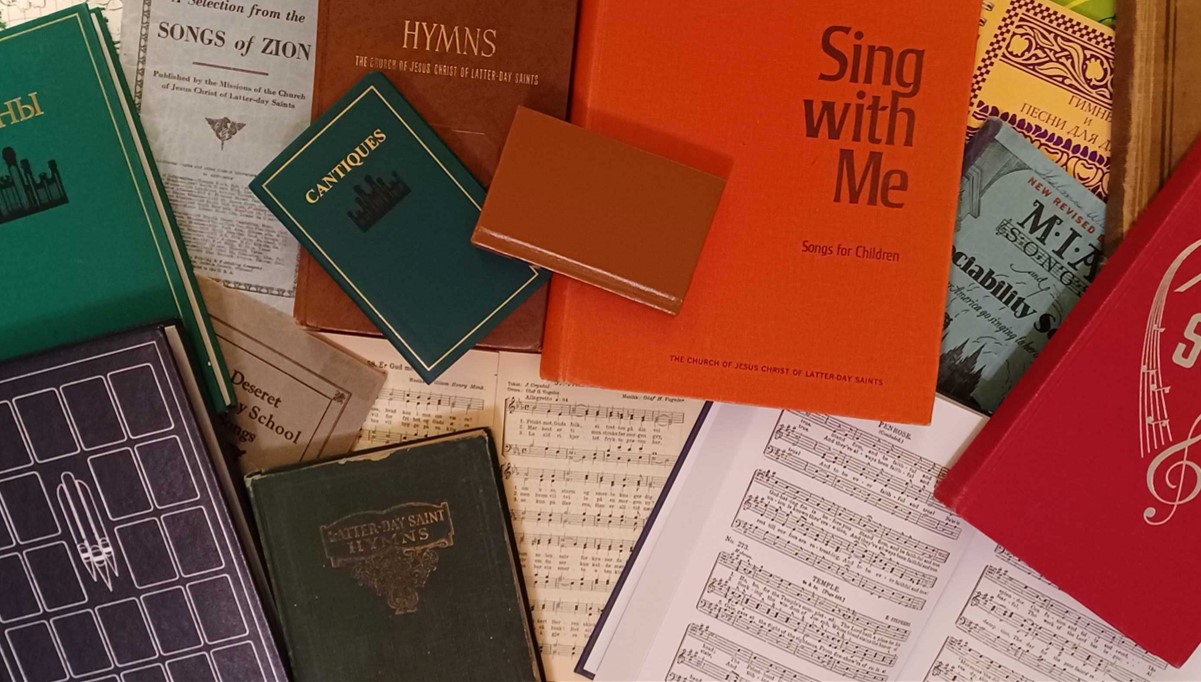
A YouTube channel called “For All the Saints” recently interviewed Ray Robinson—a member of the team that is creating the new hymnbook. There were several notable observations made by Robinson that I want to highlight: Read More
-
•
•
44 responses
Collectivize the ignorance, individualize the enlightenment. Read More
-
•
•
One response
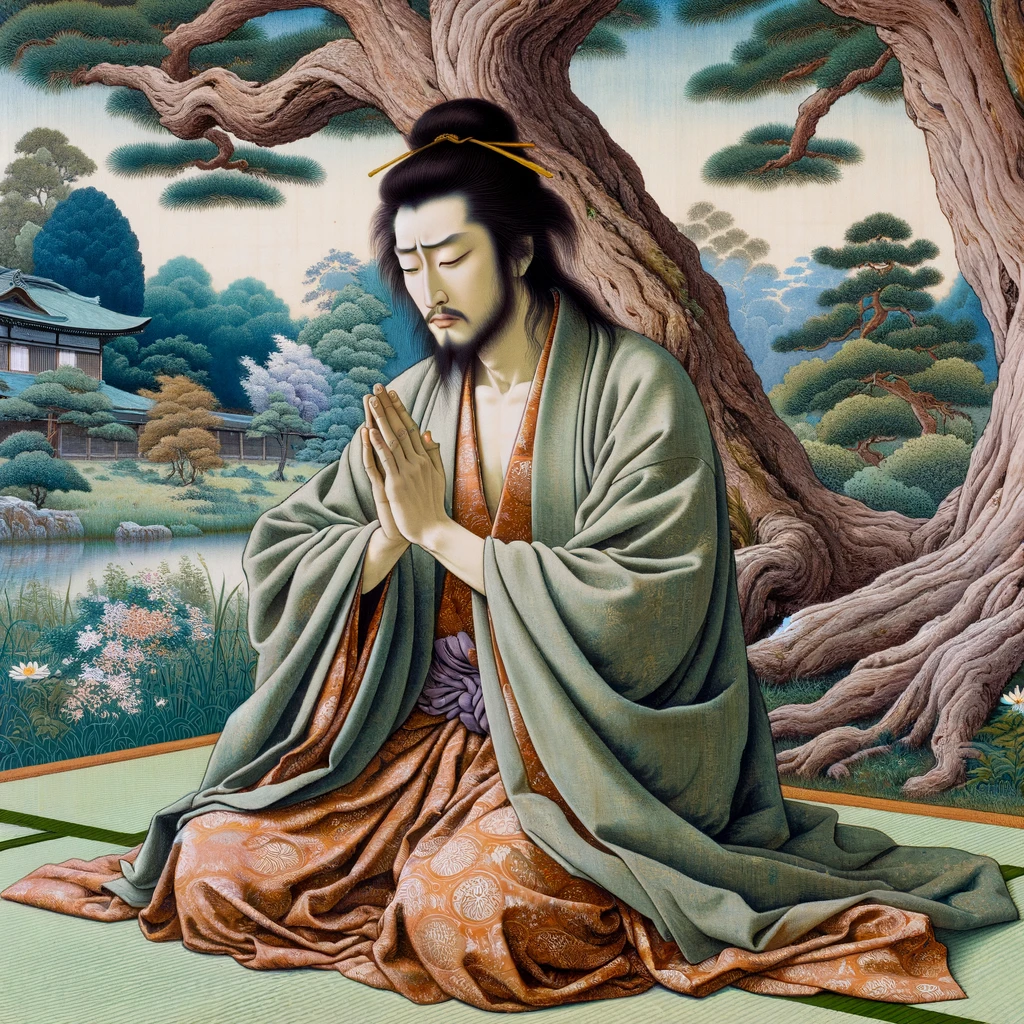
A Life of Jesus is an introduction to the life of Christ by renowned Catholic Japanese novelist Shusaku Endo, the author of Silence, a book set during the early persecutions of Christians in Japan. Much of Endo’s work revolves around the tensions of being a Catholic in a very non-Christian country, and this book was written as a guide to the life of Christ specifically for people with a Japanese religious disposition who are less receptive to harsh, jealous, father-figure Gods. Read More
-
•
•
2 responses
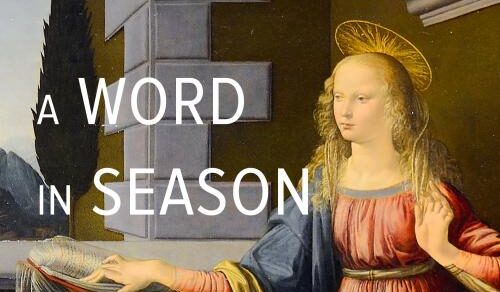
A Word in Season: Isaiah’s Reception in the Book of Mormon by Joseph M. Spencer (University of Illinois Press, 11/21/2023) is a scholarly exploration into the interplay between the biblical prophet Isaiah and the narrative fabric of the Book of Mormon Read More
-
•
•
3 responses
Jindra, Ines W., Jenna Thompson, and Nicholas Evans. “Experiences of leaving ‘high-cost’ religious groups and the concept of the ‘biographical trajectory’: relevance for social work.” Journal of Religion & Spirituality in Social Work: Social Thought (2024): 1-26. Read More


